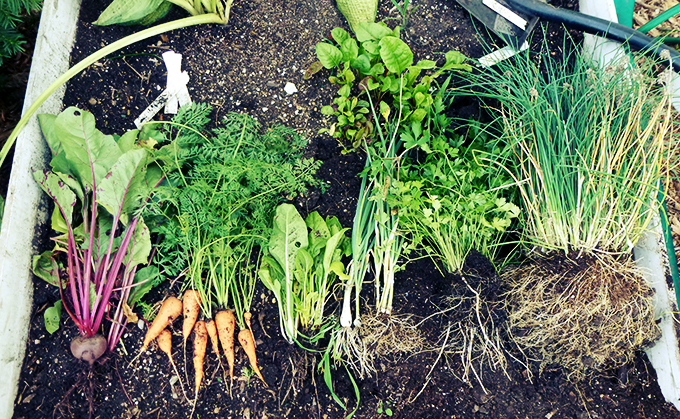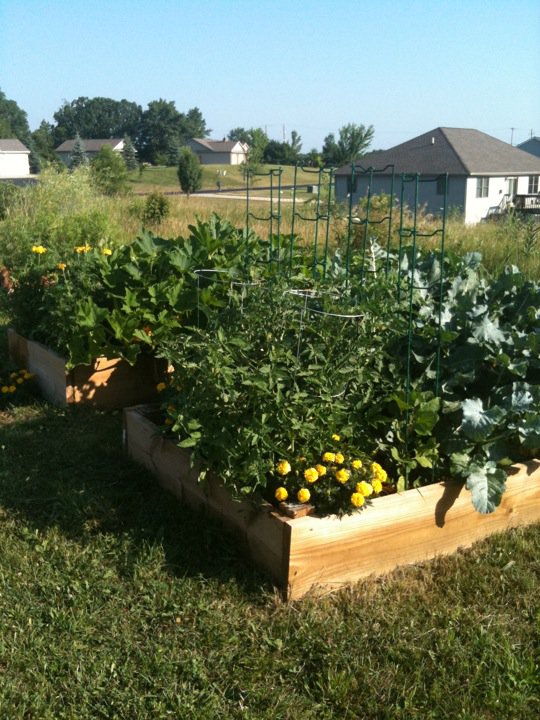If you’re a novice gardener or have just embarked on your gardening journey, you might think that gardening is a strictly spring and summer activity. However, fall gardening is a fantastic option for beginners. It not only extends your growing season but also offers a unique set of challenges and rewards. In this article, we’ll explore the world of fall gardening and provide valuable tips to help you get started

The Benefits of Fall Gardening
- Milder Weather: Fall weather is more forgiving than scorching summer heat, making it easier for new gardeners to work comfortably outside. The cooler temperatures also reduce the risk of heat stress on your plants.
- Fewer Pests: Many common garden pests are less active in the fall, meaning you’ll have fewer battles to fight. This can make gardening more enjoyable and less stressful for beginners.
- Extended Harvest: Fall gardening allows you to extend your harvest into the cooler months. You can grow a variety of crops that thrive in the fall, including leafy greens, root vegetables, and herbs.
- Learning Opportunities: Gardening is an ongoing learning experience, and each season presents its own challenges. Fall gardening provides unique lessons in plant care, frost protection, and soil management, helping beginners build their gardening skills.

Selecting the Right Plants
The first step in fall gardening is choosing the right plants for your garden. Some excellent options for beginners include:
- Leafy Greens: Varieties like lettuce, spinach, and kale thrive in the cooler fall temperatures.
- Root Vegetables: Carrots, radishes, and turnips can be sown in late summer for a fall harvest.
- Herbs: Herbs like cilantro, parsley, and chives do well in the fall and can add flavor to your dishes.
- Flowering Bulbs: Planting bulbs like tulips and daffodils in the fall will yield beautiful spring blooms.
Soil preparation and maintenance are key to successful growth no matter the season, but is especially important when starting a fall garden. Be sure to follow these steps:
- Amend the Soil: Add compost or well-rotted organic matter to enrich the soil and improve its structure.
- Weed Control: Remove any weeds that may compete with your fall crops for nutrients and space.
- Mulch: Apply a layer of mulch to help retain moisture and regulate soil temperature.
Lastly, frost is a concern in the fall, especially the further into the season. Here are several tips to protect your plants this fall season:
- Using Row Covers: Lightweight row covers can provide a barrier against frost while allowing sunlight and rain to penetrate. Even an old bed sheet can be sufficient enough to provide a barrier from those frosty cold nights.
- Cold Frames: Consider investing in or building a cold frame, a simple structure that shields plants from frost and cold winds. There are many ways to create cold frames on a budget. Bonnie Grant with Gardening Know How has several awesome ways to create cold frames without breaking the bank.
- Monitor the Weather: Stay informed about local weather forecasts, and be ready to cover your plants if frost is predicted.
Fall gardening offers beginners an excellent opportunity to learn and enjoy the many benefits of gardening. With the right plant selection, soil preparation, and frost protection, you can have a successful fall garden that extends your growing season and builds your gardening skills.
Happy Growing!
xo
Diane, The Canning Diva®
